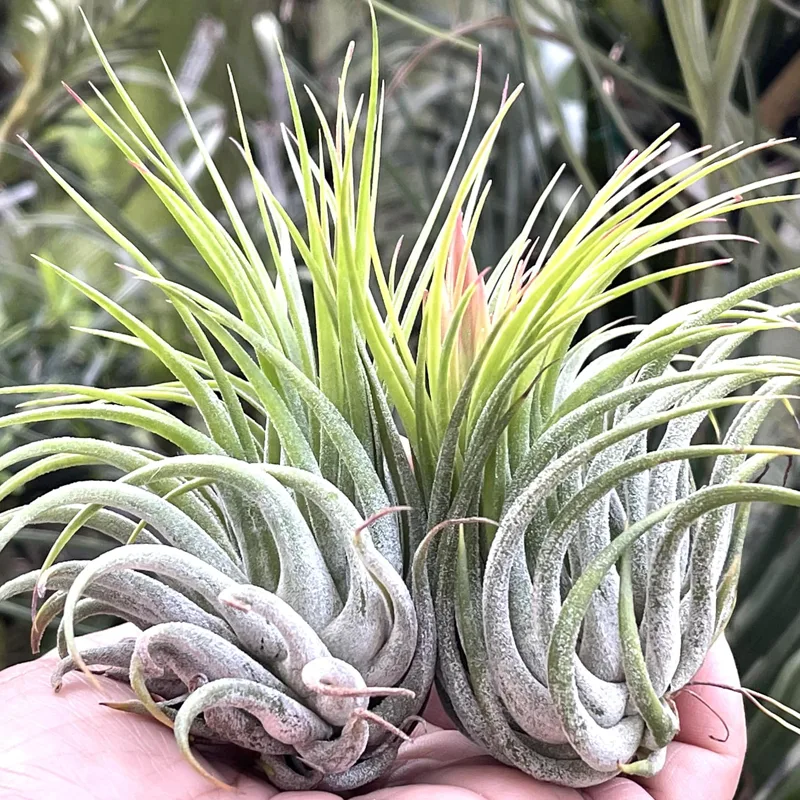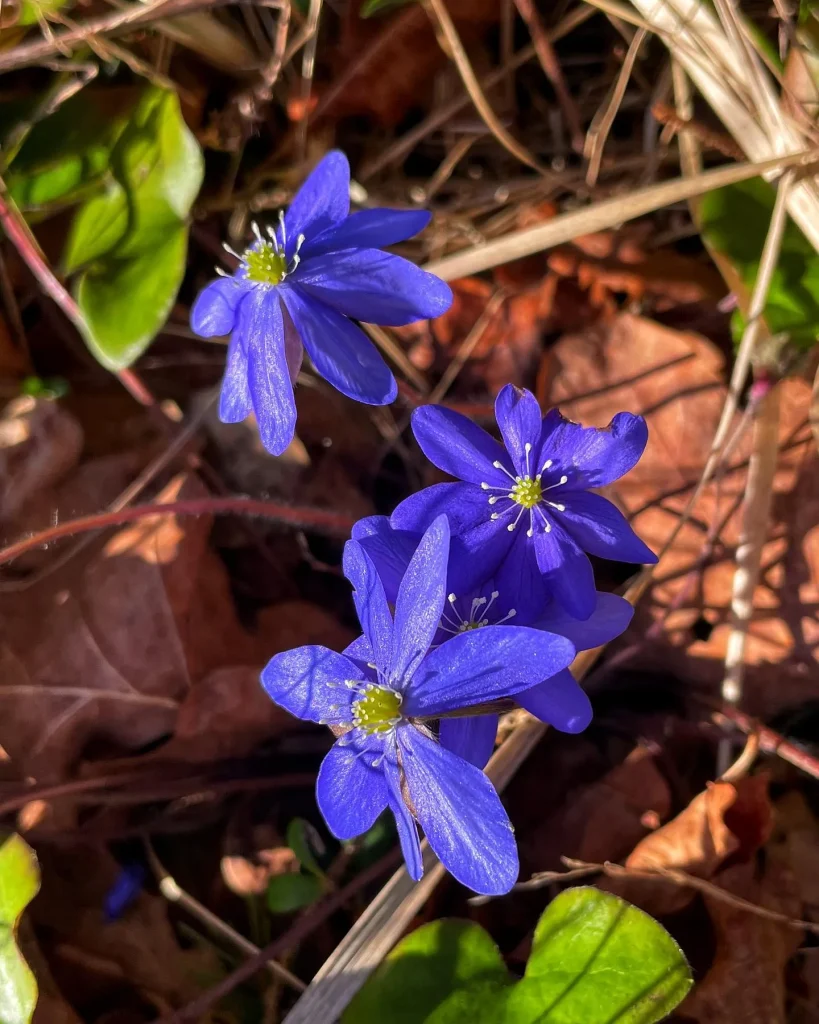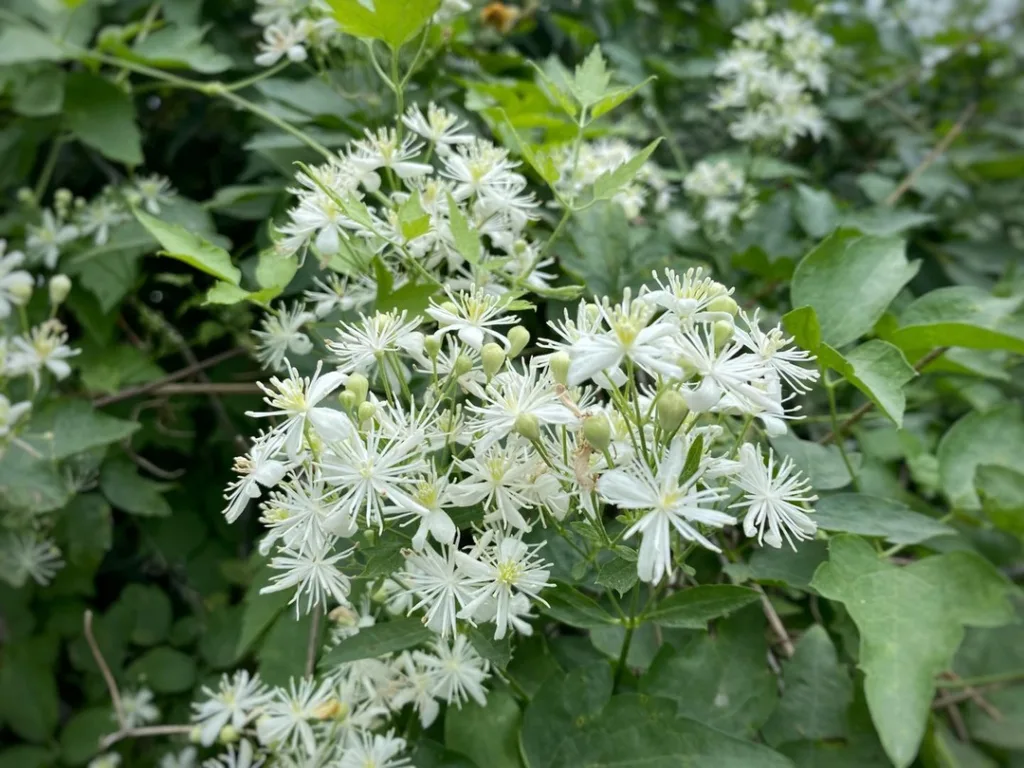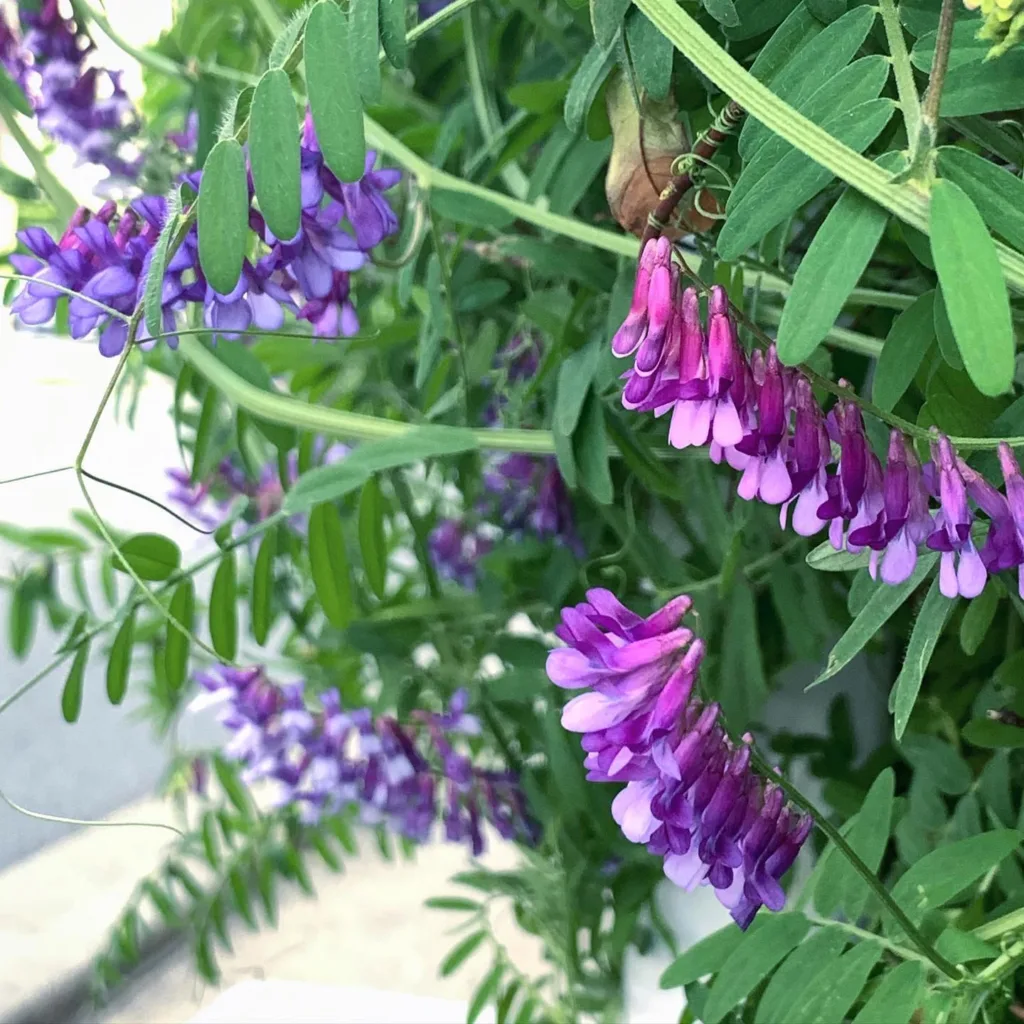Asparagus Asparagoides: Your Comprehensive FAQ Guide
If you’re diving into the world of gardening or just curious about the Asparagus Asparagoides, you might have a few questions. I’ve spent quite a bit of time with this plant and gathered some frequently asked questions to help you out. Let’s break down what you need to know.
210 Species in Genus Asparagus
What is Asparagus Asparagoides?
Asparagus Asparagoides, also known as Bridal Creeper, is a plant often admired for its lush foliage and unique growth habits. This species is not to be confused with the edible Asparagus officinalis, which is commonly found in vegetable gardens. Asparagus Asparagoides, sometimes called the “Asparagus Fern,” is actually a member of the Asparagaceae family and not a true fern.
Is Asparagus Asparagoides Invasive in North America?
Yes, Asparagus Asparagoides is considered invasive in parts of North America. It can be quite aggressive in its growth, outcompeting native plants and spreading rapidly. This invasive nature is something to be aware of if you’re considering planting it in your garden. In areas where it’s not native, it’s best to keep an eye on its spread and manage it properly to prevent it from taking over.
Is Asparagus Asparagoides Poisonous?
Asparagus Asparagoides is not known to be highly toxic, but it can cause mild irritation if ingested. It’s generally considered safe, but as with any plant, it’s wise to keep it away from pets and young children who might be tempted to nibble on it. The primary concern with this plant is its invasive nature rather than its toxicity.
How to Care for Asparagus Asparagoides?
Caring for Asparagus Asparagoides is relatively straightforward. It prefers well-drained soil and thrives in bright, indirect light. While it can tolerate low light conditions, the plant will grow more vigorously with ample light. Regular watering is essential, but be careful not to overwater as this can lead to root rot. A balanced fertilizer can be applied during the growing season to keep it healthy and lush.
How to Propagate Asparagus Asparagoides?
Propagating Asparagus Asparagoides can be done through division or from seeds. To divide, carefully separate the plant into smaller sections, ensuring each section has roots. Replant these sections in fresh soil. If you prefer to propagate from seeds, start them in a seed tray with a well-draining medium. Keep the soil moist and provide warmth to encourage germination. Once the seedlings are strong enough, they can be transplanted into larger pots or directly into the garden.
What to Plant With Asparagus Asparagoides?
Asparagus Asparagoides pairs well with other plants that can handle its vigorous growth. Consider planting it alongside other hardy perennials that can compete with its spreading habit. Ferns and shade-tolerant plants can create a lush, diverse garden environment. Avoid planting it with more delicate plants that might be overshadowed or outcompeted by Asparagus Asparagoides.
Can You Grow Asparagus Asparagoides Indoors?
Yes, you can grow Asparagus Asparagoides indoors, provided you can meet its light and space needs. It does well in bright, indirect light and can add a touch of greenery to your indoor space. Just ensure you have adequate humidity and avoid letting the plant sit in water, as this can lead to root problems.
Benefits of Asparagus Asparagoides
Despite its invasive tendencies, Asparagus Asparagoides has some benefits. It’s known for its attractive foliage, which can create a lush and dense appearance in gardens or as a houseplant. It can also be a great plant for creating a natural, green backdrop in landscaping. Additionally, it’s relatively low-maintenance once established.
Common Problems with Asparagus Asparagoides
One common issue with Asparagus Asparagoides is its tendency to become invasive. Regular monitoring and management are required to keep it from spreading uncontrollably. Another problem is root rot, which can occur if the plant is overwatered or if the soil doesn’t drain well. Ensuring proper watering practices and good soil drainage can help prevent these issues.
Compare with Other Similar Plants
Asparagus Asparagoides is often confused with true ferns and other Asparagus species. Unlike true ferns, which have a different growth habit and leaf structure, Asparagus Asparagoides is a member of the Asparagaceae family and has a distinct appearance. It is also different from the edible Asparagus officinalis, which is commonly grown for its edible shoots rather than its foliage.
In summary, Asparagus Asparagoides is a fascinating plant with a few caveats. While it offers lush greenery and is relatively easy to care for, its invasive nature in some areas and potential mild toxicity should be considered. Whether you choose to grow it indoors or outdoors, understanding its needs and managing its spread can help you enjoy this unique plant without the hassles.
If i die, water my plants!



